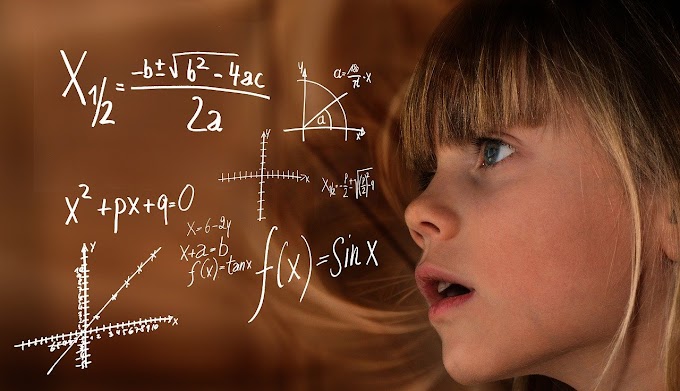How You Can Use a Light Bulb to Eavesdrop on People's Conversations ?
Researchers
from Israeli's Ben-Gurion University of the Negev and the Weizmann Institute of
Science today revealed a new technique for long-distance eavesdropping they
call "lamphone."
“Eavesdropping
is the act of secretly or stealthily listening to the private conversation or
communications of others without their consent.” – As per Wikipedia.
The
sophisticated technology of eavesdropping has shown much advancement in this
field which includes wireless communications, emails and many other techniques
to achieve eavesdropping. But the weird thing is - “can a light bulb contribute to eavesdropping?
The simple
answer is “Yes” as per researchers and scientist at Ben-Gurion University, Israel,
they have achieved the milestone.
 |
| can a light bulb contribute to eavesdropping. |
The Scientists
at the Ben-Gurion University in Israel have said it is possible to recover full
conversations from the vibration patterns in a light bulb. The hanging bulb acts as both a
diaphragm (sound waves cascade across its surface) and transducer (it converts
air pressure from sound to small changes in light), which means it could be a
useful gadget for secret agents and nosy people everywhere.
 |
| Illustration - Credit - pixabay.com |
As per
scientist’s of university “We show how fluctuations in the air pressure on the
surface of the hanging bulb (in response to sound), which cause the bulb to
vibrate very slightly (a milli-degree vibration), can be exploited by
eavesdroppers to recover speech and singing, passively, externally, and in real
time," the researchers write in their paper, which they plan to present
later this year at the Black Hat USA security conference. They also states that
they conceived the idea from some of the same minds behind a Tesla Autopilot
hack from earlier this year, which proved a simple projector, could fool the
computer vision system into slowing down or speeding up for fake pedestrians and
speed limit signs.
Test
To test
their device, the researchers set up shop on a pedestrian bridge about 100
meters away from a third-floor office inside a commercial building. Inside,
their target was a simple 12-Watt LED Light Bulb. Their goal was to recover
speech and music from the room without ever entering or being able to hear any
sounds from the setup point.
In this
experiment they used three different telescopes with various lens with
different diameters and mounted an electro-optical sensor to each telescope
lens, one at a time. Through an analog-to-digital converter, the researchers
obtained information about the vibrations in the light bulb, and then processed
it through a custom algorithm.
The
researchers found that the tiny vibrations of the light bulb in response to
sound—movements that they measured at as little as a few hundred
microns—registered as measurable changes in the light their sensor picked up
through each telescope. After processing the signal through software to filter
out noise, they were able to reconstruct recordings of the sounds inside the
room with remarkable fidelity. In their tests, the researchers used a hanging
bulb, and it's not clear if a bulb mounted in a fixed lamp or a ceiling fixture
would vibrate enough to derive the same sort of audio signal.
If the
technology gets the success then this can be the turning point in field of
spying, secret missions and military.




0 Comments